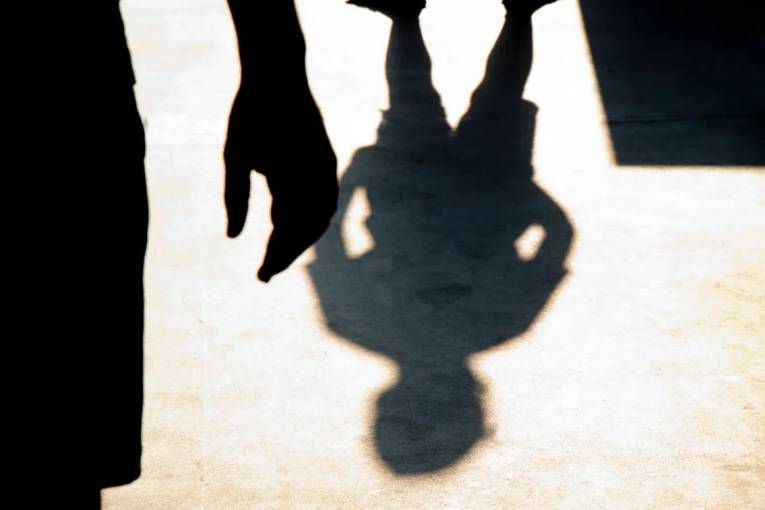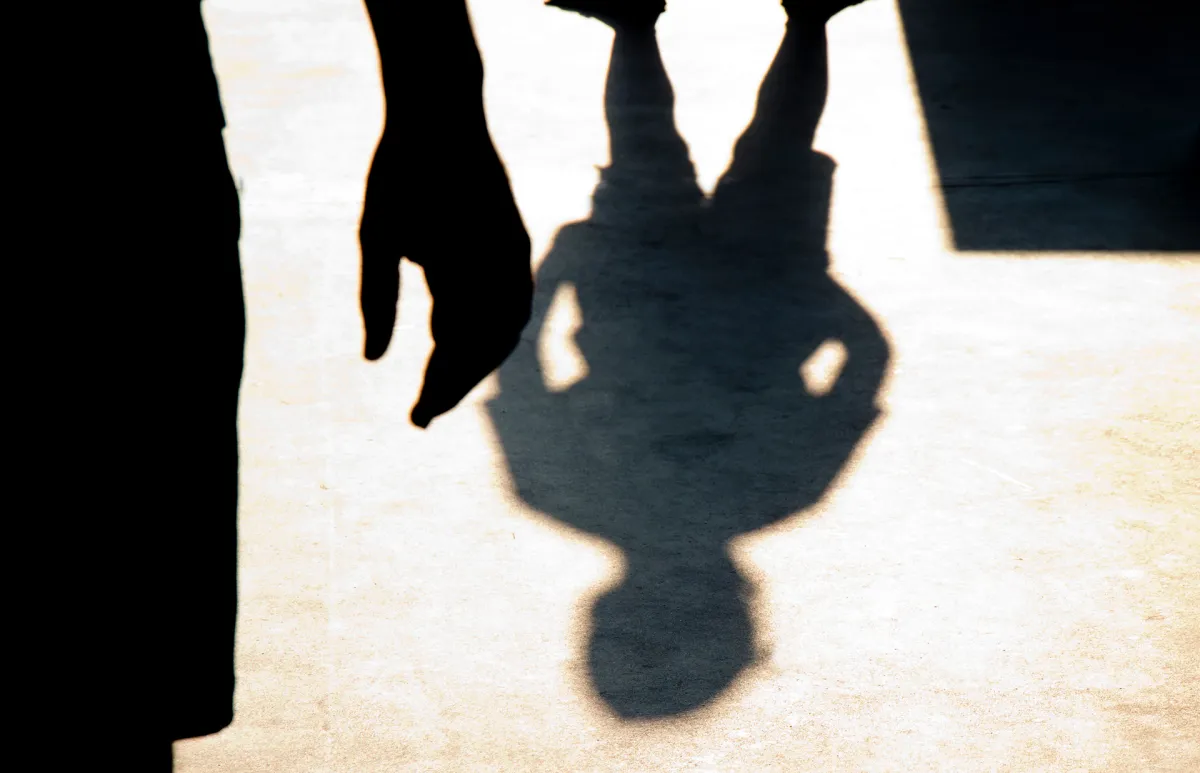

My biggest regret is that I kept the secrets of my childhood locked away for as long as I did.
By Reginald Stephen
In the early 1970s, he came over just about every weekend.
One night, when my parents were sleeping, he and I were in the living room. The only light came from the TV, which was broadcasting the musical variety show Don Kirshner’s Rock Concert.
I remember Earth, Wind & Fire performed that night. They were my favorite band growing up. As a young kid, I loved to dance, and music was a vibrant part of the culture of our home. My dad collected albums and reel-to-reel tapes of jazz, pop and R&B; my mom was partial to reggae.
Before too long, I started grooving.
He told me to sit down because my dancing — snapping my fingers and making the wooden floor squeak — was too noisy. It could wake my parents.
I paid him no attention and cut a rug.
He grabbed me and put me in a headlock, pulling me to the couch. I giggled, as we often play-fought. I was no match for him — he was seven or eight years older than me.
But the sense of fun and roughhousing quickly dissolved. Before I knew it, he pulled me to him and grinded on my backside. I tried to get away as he pressed against my pajamas.
At that moment, I felt both curiosity and apprehension. That was my first sexual experience.
But it was not a consensual one. What transpired was one of countless times I was assaulted as a child. It was then that I began to fear my loved ones.
Trauma can be experienced as an isolated event, occur episodically or be sustained over long periods. Families of color and poor families experience trauma disproportionately and in a wider range of environmental settings.
When an individual experiences physical or mental trauma, it can become personality-defining and lead to mental illness and antisocial behavior. Childhood trauma is often connected to incarceration, increased risk for chronic diseases and even premature death.
When you’re a little boy and this happens, you’re confused by what you feel, and immediately sense that what’s happening isn’t right.
After that night, I was bribed, threatened and cajoled into a long suffering silence. My confusion grew into deep shame and guilt. I felt like it was my fault, even as I continued to suffer his assaults between the ages of 8 and 13.
I didn’t tell my mother and siblings about him until I was an adult. When I did, my siblings questioned the veracity of my story.
My innocence was stolen, and I grew up feeling like I always had to prove I was a man. The secrets ate at me into adulthood and shaped the person I am today.
Fortunately, I have found productive outlets. For the last several years, I have worked as a facilitator assisting my peers in their preparation for parole board hearings and re-entry to the community.
In this position, I’ve spoken with a number of incarcerated people who have experienced significant trauma throughout their lives. We often discuss how past and present trauma — as well as possible future challenges — will impact their success once free.
Oftentimes during these encounters people put on a figurative mask to hide their true selves. In my conversations with peers, I try to be as transparent as possible.
Most prisoners call me OG (original gangster), OT (old timer) or UNC (uncle) as a measure of respect. I leverage that respect to help them set aside their mask in that moment so I can help them.
These encounters are one-on-one and allow me to ask personal and probing questions. People tend to share traumatic events from childhood or adolescence.
They often qualify their disclosure: “It’s my first time telling anyone.”
I reassure them that our conversations are confidential. I’m no clinician, so I encourage them to seek help, but most are distrustful of authority and decide to carry the burden themselves.
In my view, one of the biggest problems in prisoner rehabilitation is the scarcity of mental health care. While I do what I can to help the people inside, there needs to be more support from the state, so people can get help from trained medical staff.
The New York State Office of Mental Health has a presence in my prison, but it only works with people who have a predetermined mental health diagnosis, have requested a consultation or are in a current mental health crisis.
But this does not take into account that most of the prison population is in some form of crisis, be it latent or episodic. That is evidenced by the 43% recidivism rate in the U.S.
A cultural shift needs to occur within the prison bureaucracy. Prisoners, especially men of color, should be encouraged to seek the help they need.
Mental health consultations should be provided to everyone when they first enter prison. And services should be provided to all who need it.
This would allow people to disclose trauma and mental health problems with the promise of confidentiality, so people can keep the past in the past and move forward.
My biggest regret is that I kept the secrets of my childhood locked away for as long as I did. I allowed it to ruin my life.
It doesn’t have to be this way for everyone.
Reginald Stephen is a contributing writer for the Prison Journalism Project and currently incarcerated in New York. Originally published by Prison Journalism Project. Prison Journalism Project trains incarcerated writers to become journalists and publishes their stories.





